2025-04-04 22:56:41|Myriagame |source:minecraft skins
The Switch 2 is equipped with a 7.9-inch wide color gamut LCD screen that supports 1080p (1920x1080) resolution output.In terms of size, this is a significant improvement over the Switch 1's 6.2-inch screen, Switch OLED's 7-inch screen and Switch Lite's 5.5-inch screen.
In addition, the screen also supports HDR10 and VRR (variable refresh rate) up to 120Hz, which means that the game frame rate can reach 120fps if supported by the game itself and user equipment.
However, the quality of the screen itself and the pictures seen by players have sparked heated discussions among Nintendo fans.At a hardware-themed roundtable Q&A meeting held in New York yesterday, Nintendo representatives were asked why the Switch 2 returned to LCD screens, a decision that could be seen as a "downgrade" compared to the OLED Switch.
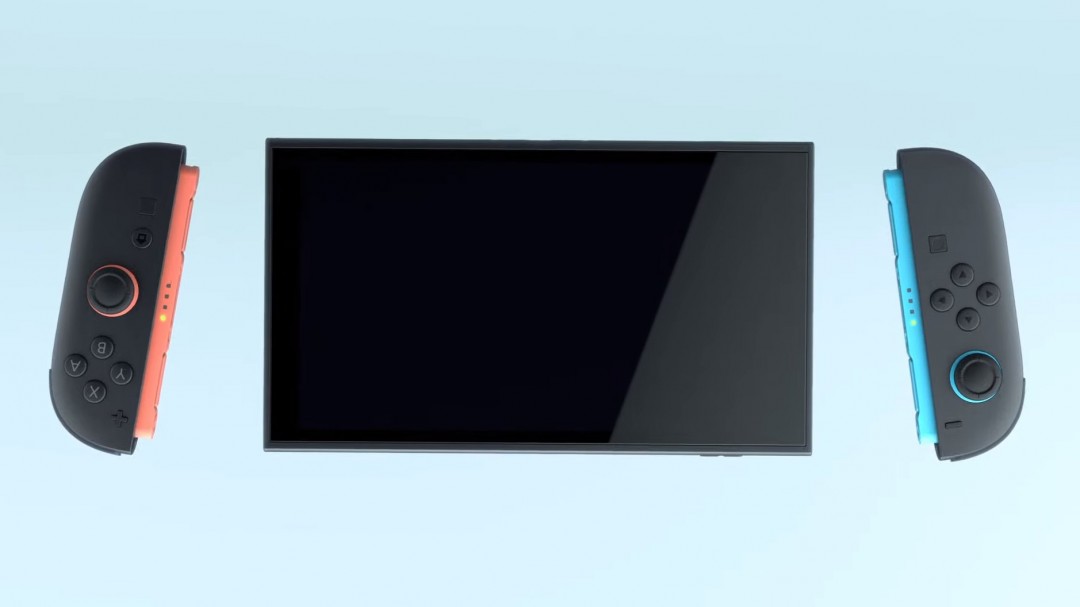
The Nintendo Switch 2 uses an LCD screen instead of the previous OLED.Nintendo responded to the question of the screen shifting from OLED to LCD
Tetsuya Sasaki, general manager of Nintendo's technical development department and senior director of technical development department, said Nintendo did not make this choice very rashly."There are a lot of advances in the development process for LCD technology, and we looked at the technologies currently available and decided to adopt LCD after careful consideration," he explained.
He then pointed out that the Switch 2 supports HDR functionality, which is something that the OLED version of the Switch does not have.
“Even on the OLED version of the Nintendo Switch, we don’t offer HDR compatibility support, but now we implement this.”
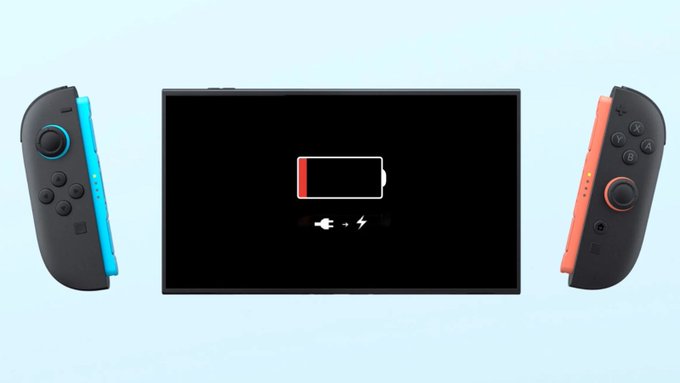
In addition to the screen, the battery life of the Switch 2 is also half reduced than that of the first generation, which has caused a lot of controversy.

"Death Stranding 2" has reac
2025-04-11 22:39:00
SE can really keep calm!"Kin
2025-04-11 22:38:57
Bungie "Star Walker" does no
2025-04-11 22:38:54
"Light and Shadow: Expeditio
2025-04-11 22:38:51
Tariff suspension Nintendo w
2025-04-11 22:38:47
Nintendo may sell Switch2 at
2025-04-11 22:38:44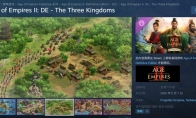
"Age of Empires 2: Decision
2025-04-11 22:38:40
In 2024, the number of PC ga
2025-04-11 22:38:36
Epic adds one!"The Legend of
2025-04-11 22:38:32
Ubisoft stops supporting Ubi
2025-04-11 22:38:27
Pirate Minecraft Skins
Minecraft Skins
2024-12-10 04:11:27
Pirate Minecraft Skins
Minecraft Skins
2024-12-10 04:11:26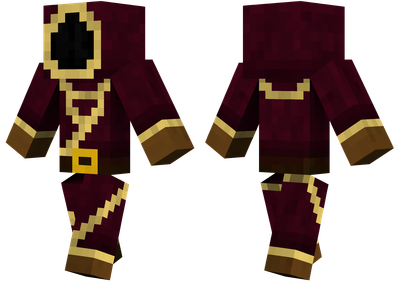
Master Minecraft Skins
Minecraft Skins
2024-12-10 04:11:25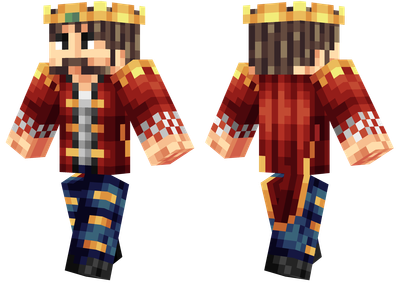
King Minecraft Skins
Minecraft Skins
2024-12-10 04:11:25
Guide Minecraft Skins
Minecraft Skins
2024-12-10 04:11:24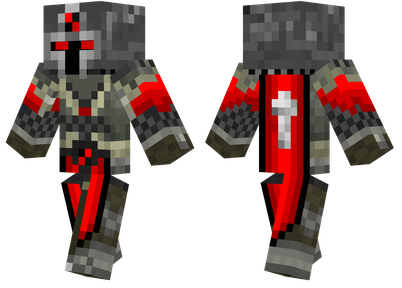
Dark Knight Minecraft Skins
Minecraft Skins
2024-12-10 04:11:23
Sparta Minecraft Skins
Minecraft Skins
2024-12-10 04:11:23
Moncraft Skins of the War
Minecraft Skins
2024-12-10 04:11:22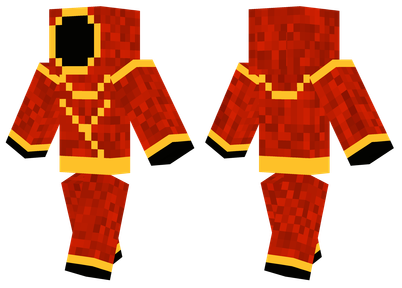
Red Witch Minecraft Skins
Minecraft Skins
2024-12-10 04:11:22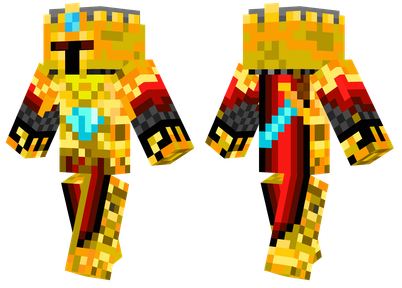
Golden Cavaliers Minecraft S
Minecraft Skins
2024-12-10 04:11:22